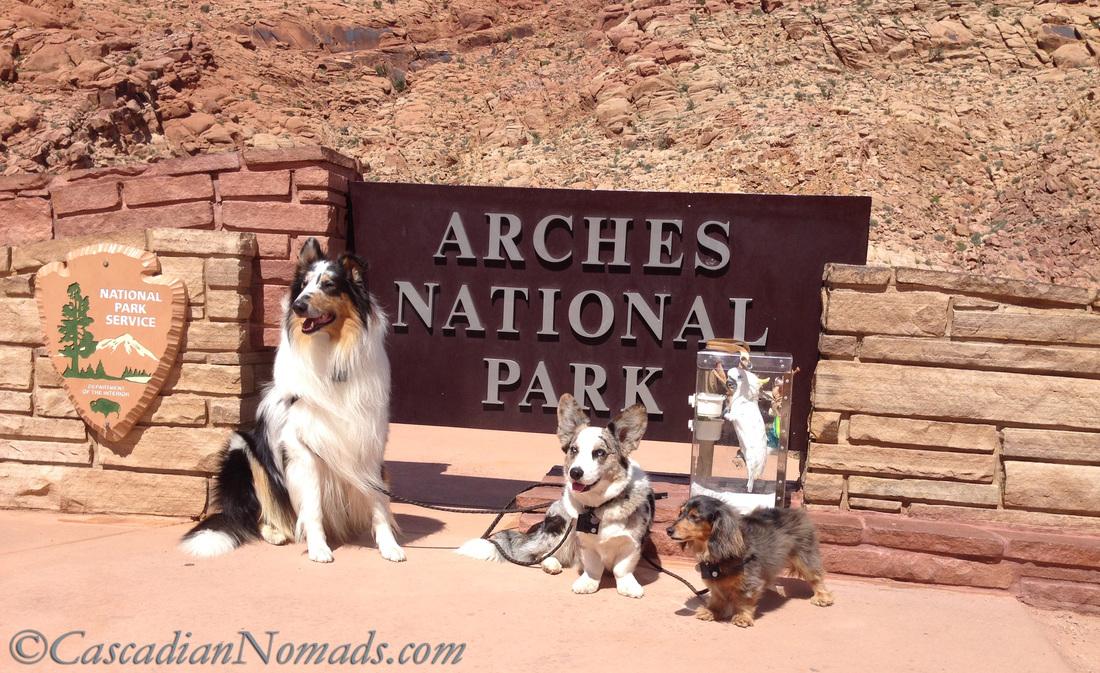In the heart of nature’s grandeur, where towering trees whisper ancient secrets and pristine trails beckon adventurers, lies a delicate balancing act between the joys of pet companionship and the preservation of our national parks. As more people seek solace in these natural sanctuaries, the desire to share such experiences with our furry friends grows. However, this introduces a complex tapestry of considerations that park authorities and pet owners alike must navigate. This article delves into the evolving landscape of pet restrictions in national parks, offering insights and guidance for those eager to explore these magnificent spaces responsibly. Join us as we unravel the nuances of maintaining the harmony between our love for pets and our duty to protect the wild wonders that captivate our souls.
Understanding the Need for Pet Restrictions in National Parks
National parks are sanctuaries for both wildlife and visitors seeking to connect with nature. Pet restrictions in these areas are not meant to diminish this experience but to protect the delicate ecosystems that thrive within. The presence of pets can introduce challenges such as disturbances to wildlife, potential transmission of diseases, and damage to fragile environments. By understanding these factors, visitors can appreciate why certain rules are in place.
- Wildlife Protection: Pets can disrupt the natural behaviors of wildlife, such as feeding and nesting.
- Ecosystem Preservation: Dogs and other pets may inadvertently trample sensitive vegetation or disturb habitats.
- Safety Concerns: Pets can attract predators or encounter dangerous wildlife, posing risks to both animals and their owners.
- Minimizing Conflicts: Not all park visitors are comfortable around pets, and restrictions help ensure a harmonious experience for everyone.

Navigating Pet-Friendly Trails and Areas for a Safe Adventure
When planning an adventure with your furry friend, it’s essential to be aware of pet policies in national parks to ensure both safety and enjoyment. Many parks offer designated pet-friendly trails, but it’s crucial to respect areas where pets are restricted to protect wildlife and fragile ecosystems. Here are some tips to help you navigate these spaces effectively:
- Research Ahead: Check the park’s website for specific pet guidelines and trail maps. This will help you find suitable routes where pets are welcome.
- Leash Rules: Always keep your pet on a leash, usually no longer than six feet, to prevent unexpected encounters with wildlife and ensure their safety.
- Respect Boundaries: Observe and adhere to signs indicating pet-restricted zones, as these areas often contain sensitive habitats or endangered species.
- Waste Management: Carry biodegradable bags to clean up after your pet. Dispose of waste in designated trash bins to keep trails pristine.
By preparing in advance and following these guidelines, you and your pet can enjoy a memorable and safe adventure in harmony with nature. Always remember that respecting park regulations not only protects the environment but also ensures that pet-friendly trails remain accessible for everyone.

Preparing Your Pet for a National Park Visit: Tips for a Stress-Free Experience
Ensuring a stress-free adventure with your furry friend starts with understanding park rules and preparing accordingly. Most national parks have specific areas where pets are welcome, so it’s crucial to research and plan your visit ahead of time. Consider the following tips to make your trip enjoyable for both you and your pet:
- Know the Rules: Check the park’s website for specific pet policies. Some parks may require pets to be on a leash at all times, while others may have designated pet-friendly trails.
- Pack Essentials: Bring enough water, snacks, and a portable bowl for your pet. Don’t forget waste bags for clean-up, ensuring you leave no trace behind.
- Comfort and Safety: If your pet isn’t used to long walks, start with shorter hikes to build endurance. Consider a pet-friendly first aid kit and make sure your pet is microchipped or wearing a tag with updated contact information.
By preparing ahead and respecting the natural environment, you can enjoy a wonderful day of exploration with your pet, creating cherished memories while keeping the park’s ecosystem protected.

Embracing Responsible Pet Ownership to Preserve Our Natural Treasures
When we venture into the majestic realms of national parks, we often wish to share these awe-inspiring landscapes with our furry companions. However, it’s essential to understand the delicate balance required to maintain the pristine nature of these environments. Responsible pet ownership is a vital aspect of preserving our national treasures, ensuring that future generations can enjoy the same unspoiled beauty. To achieve this, pet owners should familiarize themselves with park-specific guidelines and restrictions, which are designed to protect both the wildlife and the natural habitat.
- Keep pets on a leash: Most national parks require pets to be leashed at all times. This helps prevent disturbances to wildlife and reduces the risk of pets becoming lost or injured.
- Stay on designated trails: By keeping to marked paths, pet owners help minimize erosion and protect sensitive plant life.
- Dispose of waste properly: Always clean up after your pet and dispose of waste in designated bins to prevent pollution and disease transmission.
- Respect wildlife: Encourage a safe distance between your pet and any animals you encounter, reducing stress on wildlife and avoiding potentially dangerous interactions.
By adhering to these guidelines, we not only protect the natural ecosystems but also enhance the experience for all park visitors. Embracing these practices demonstrates our commitment to being stewards of the environment, fostering a harmonious coexistence between our beloved pets and the natural world.

